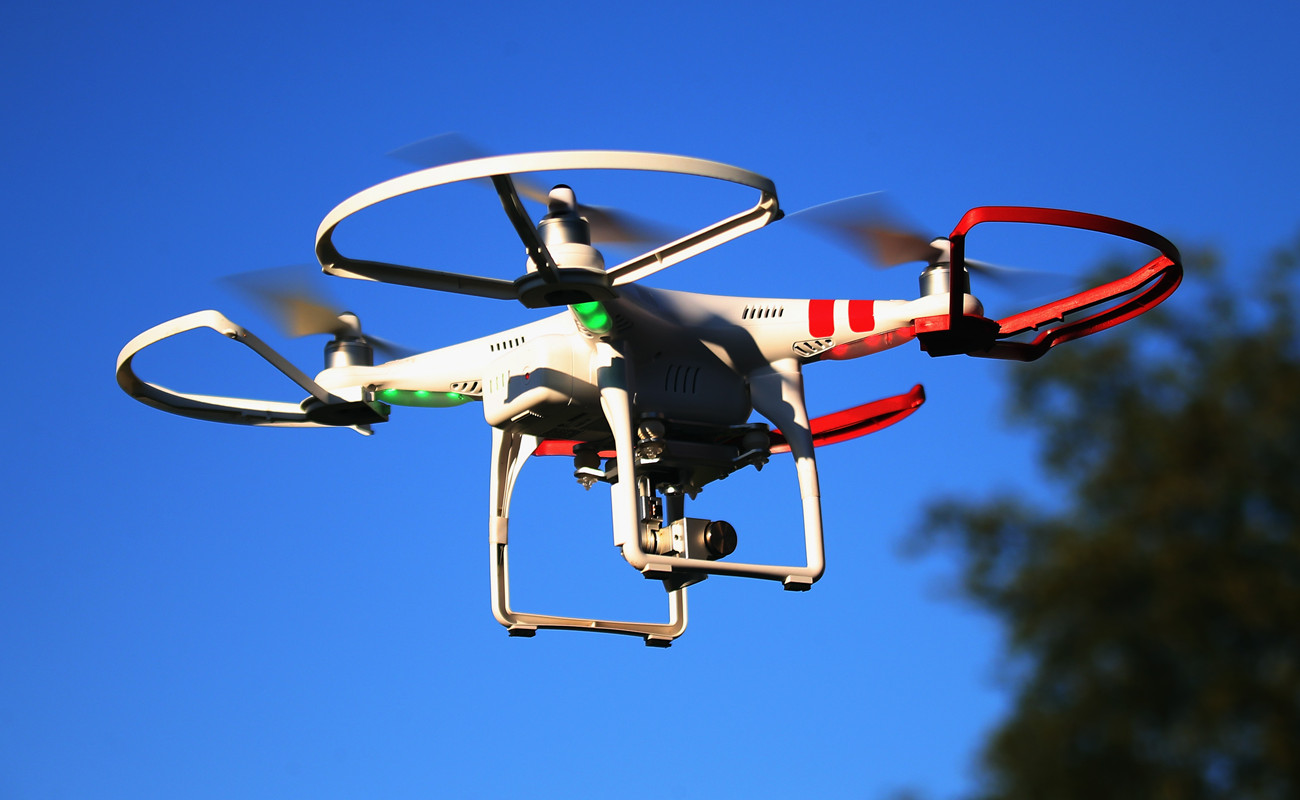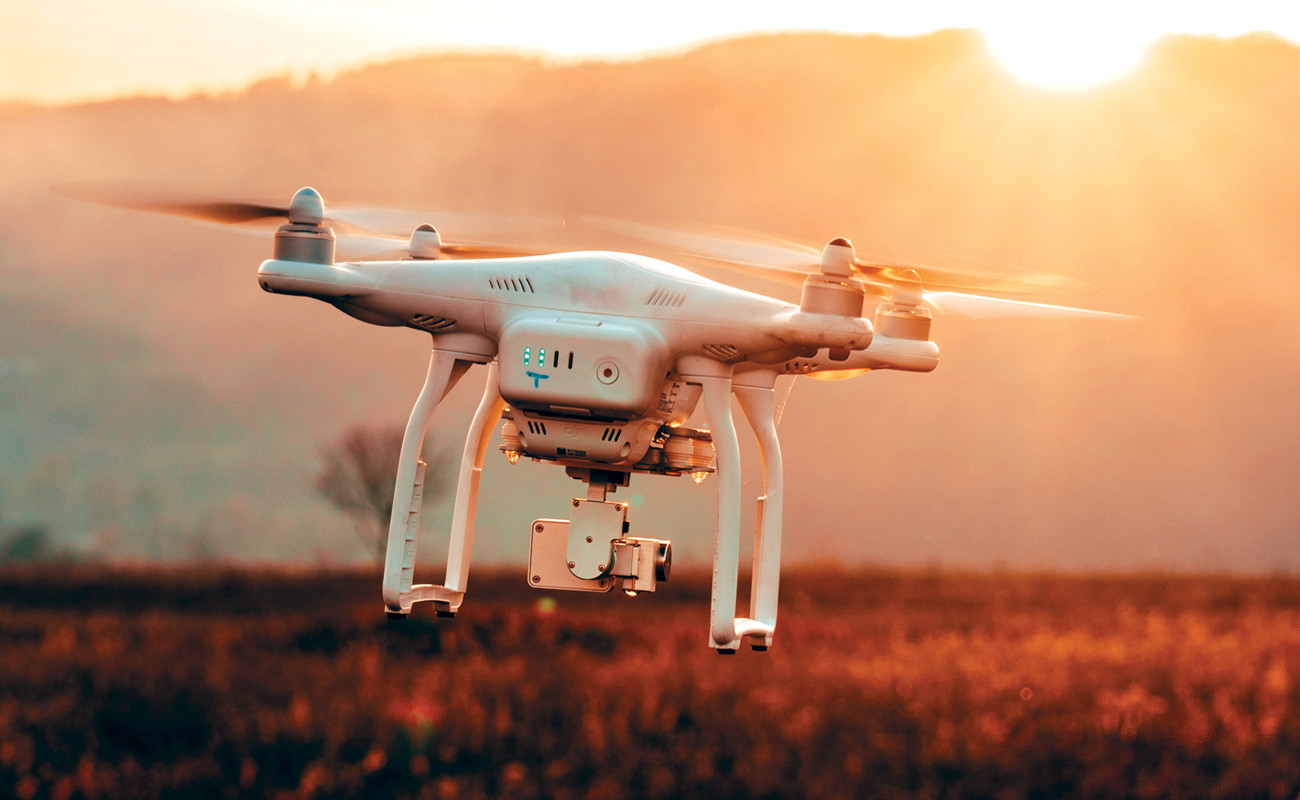UAV Usage
As technology advances, so does the usage of unmanned aerial vehicles. This article discusses their uses and the consequences that come with their use.
A UAV (unmanned aerial vehicle) is a flying vehicle that carries or is otherwise equipped for remote sensing or to conduct surveillance on targets without direct human intervention from within or on board. These unmanned vehicles are generally classified as either military UAVs or civil UAVs. In both types, the pilot of a UAV remotely controls its flight from a distance via radio controller often with video downlink from cameras mounted on-board
There are many different types of drones used today and they can be either manned or remotely piloted by humans. The following three (3) are the most commonly used:
There are many different UAVs and all of them have the same basic components; a fuselage, wings, two or three propellers, a battery and some type of onboard flight control system. The main differences lie in their payload capability and flight time; for example, GPS drones have longer flight times than other types.

While these UAVs are usually unmanned, they may be guided by an operator on the ground using a remote control, also called an autopilot. This method is especially convenient for UAVs that are flying in a particular area or route more often than not. It also allows the operator to look through the on-board camera and make minor adjustments to the aircraft course, altitude and heading. It’s also very useful in fast-paced environments, such as where an UAV is being used to monitor large numbers of people in a crowded area, or moving quickly.
There are two main means of controlling an UAV:
At this time all UAVs are remotely operated with a radio (RF) control system. Some controllers have dual interface for remote control and video link (UHF TVI) but all still use the same basic principle. These systems have both a remote control unit that uses level 2 functions and video downlink from cameras mounted on-board. There are also a few that have level 1 functions for basic flight control. All UAVs will have a remote control unit with an integrated display and interface for the operator to issue commands and view the video from the on-board camera. These systems can be up to 40 km away from the actual vehicle, which is just over halfway between New York City and Atlantic City, NJ. This allows operators of these drones to see exactly what they are doing while they control it. Some operators even use them when they are inside large structures or buildings because they can maintain a visual connection with their drone while being inside of the structure or building.
These unmanned vehicles can be used in many different ways, both good and damaging to society.
